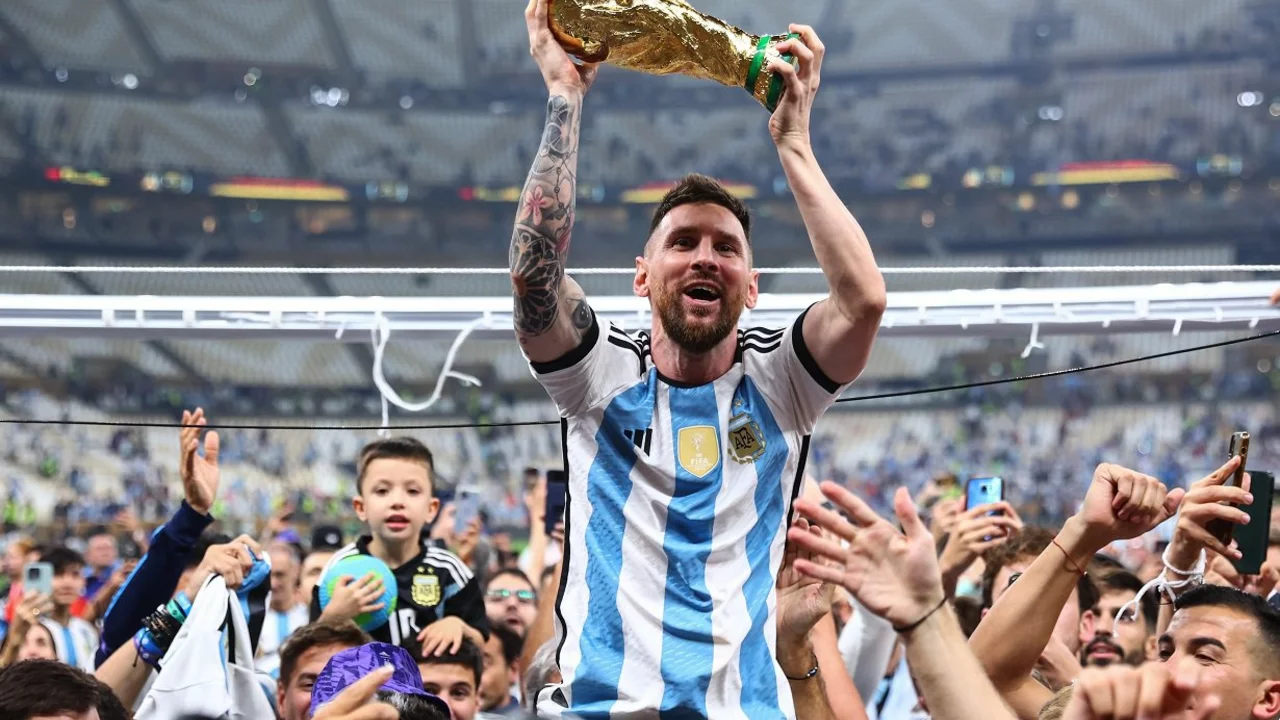Group Draw: How Teams Are Paired and What It Means
When talking about a group draw, the process that decides which teams sit together in a competition’s initial stage. Also known as a draw ceremony, it sets the stage for everything that follows in a tournament.
A tournament, a series of matches that crown a champion relies on a fair seeding, ranking teams before the draw to avoid early clashes between the strongest sides. Group draw encompasses tournament seedings, because the seed list determines which pot each team lands in. The draw then produces groups, which later become the basis for the fixture, the schedule of matches each team will play. In short, seeding influences group draw, and group draw requires fixture planning.
Why the Draw Matters for Cups and Leagues
In a cup competition, getting drawn against a lower‑tier side can feel like a shortcut to the later rounds. Conversely, being placed in a “group of death” means tougher opponents early on and less margin for error. Football leagues that adopt a group phase – such as the Championship play‑off format – use the draw to balance geography and travel costs, so clubs aren’t stuck hopping across the country each week.
The draw also creates storylines. Fans start debating which teams will clash, pundits spin predictions, and social media buzz builds before the first whistle. Those narratives boost ticket sales, TV ratings, and sponsor interest. That’s why organizers guard the draw’s integrity with live streaming and independent auditors.
From a logistical side, the draw feeds directly into the fixture list. Once groups are set, schedulers assign dates, venues, and kick‑off times. They must consider stadium availability, local derbies, and even TV slots. If a team shares a ground with another club, the fixture list avoids clashing home games. All of this stems from the initial group draw decision.
In practice, the process is simple: teams are sorted into pots based on seeding, a random draw picks one from each pot, and the chosen team fills a slot in a group. Repeat until every group is complete. The result is a clear, transparent map of who plays whom in the opening phase.
Below you’ll find articles that break down each part of this system – from the math behind seedings to real‑world examples of controversial draws. Whether you’re a fan curious about the next big matchup or a club official planning travel, the collection gives you the practical details you need to follow the action with confidence.
So, the FIFA World Cup 2022 group draw is essentially the process where the teams that have qualified for the tournament are divided into groups. This usually involves a lot of anticipation and excitement as fans around the world eagerly await to see who their country will be up against. The draw is done randomly but with certain rules to ensure a fair and balanced competition. For the 2022 World Cup in Qatar, there will be 32 teams divided into eight groups. It's a pivotal event in the lead-up to the big tournament and it sets the stage for what's to come.
